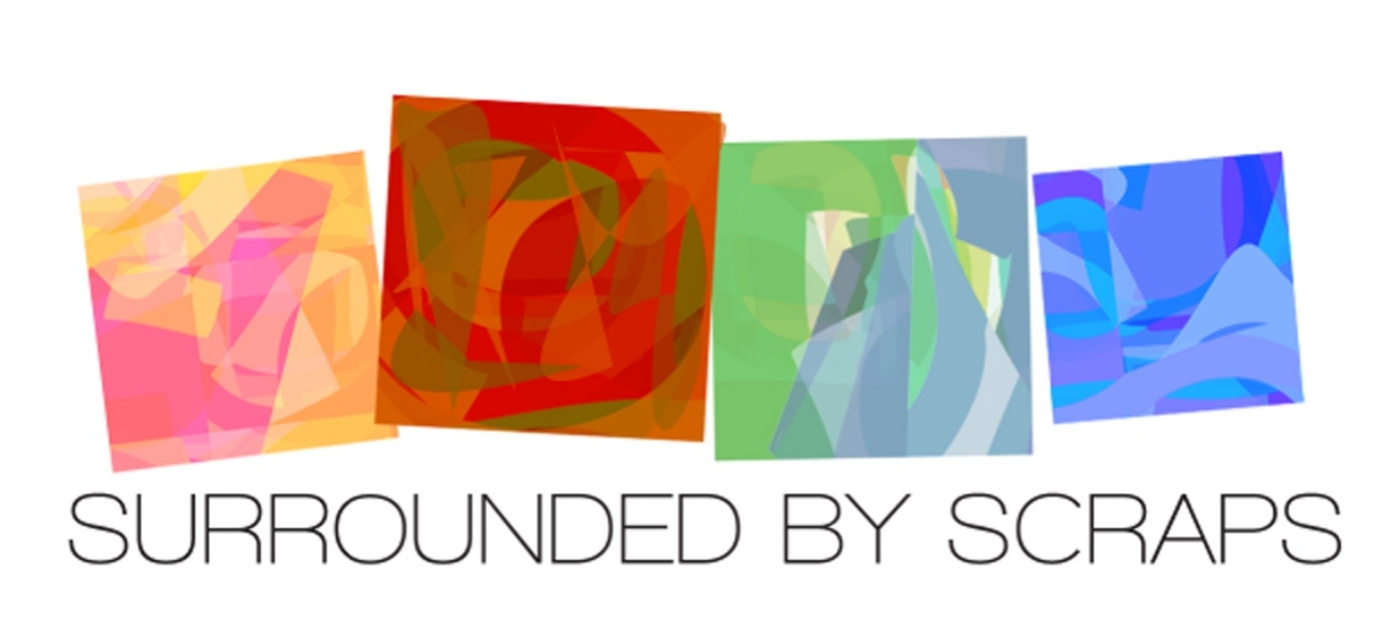Wow, it's been quite a while. But what better way to reintroduce myself to the blogging world than to do a WIP Wednesday entry and link it to Kati's guest post at Freshly Pieced?

In mid-June I made a point of finishing up some big projects in order to get ready to leave town for a few weeks. I had some quilts to complete and pack off to send to Sisters, OR (more on that in a later post) as well as fulfill some Etsy orders.
A good chunk of my trip away from home was spent taking an amazing 5 day workshop from Jane Sassaman. I got the pleasure of not only meeting and learning from this lovely, down-to-earth, creative powerhouse, but also met some wonderful ladies from around the world (there was one woman in from Sydney!) and best of all, hanging out with my mom! The workshop is entitled Abstracting From Nature, and though Jane adeptly describes her techniques and freely gives input on compositional and creative choices, each student's piece had a very different style and feel. Some examples:
Pixie's anemone
Cindy V.'s crocuses
Kim's chicory flowers
Donna's (my mommy!) kaffir lily
Judy's peonies
and I suppose I should show some of what I was working on too...
I still have lots of work yet to do on this puppy (or rather poppy), but am happy with the progress I made while in Greenville, NY.
And coming back to reality, my only time in the sewing studio since returning home was dedicated to finishing my June bee blocks for Eileen, in the Friends + Fabric Bee. She chose a paper piecingtutorial from Nydia who blogs at The ADD Crafter, Basketweave Braid Star Block.
Though not complex, this block is definitely a time-sucker. But on the plus side, it was TRULY a scrap-buster as well - I could work exclusively from my basket of strips up until adding the white background pieces.
So, I feel like I've been taking a summer hiatus which began about a month before summer. And it may continue longer than I'd like, but 'tis the season for family visits, gardening, cycling, and making up for a Vitamin D deficiency from the last 8 or 9 months! But do please bear with me and I promise to get back into the swing of things and hopefully find new inspiration to share soon!

In mid-June I made a point of finishing up some big projects in order to get ready to leave town for a few weeks. I had some quilts to complete and pack off to send to Sisters, OR (more on that in a later post) as well as fulfill some Etsy orders.
A good chunk of my trip away from home was spent taking an amazing 5 day workshop from Jane Sassaman. I got the pleasure of not only meeting and learning from this lovely, down-to-earth, creative powerhouse, but also met some wonderful ladies from around the world (there was one woman in from Sydney!) and best of all, hanging out with my mom! The workshop is entitled Abstracting From Nature, and though Jane adeptly describes her techniques and freely gives input on compositional and creative choices, each student's piece had a very different style and feel. Some examples:
Pixie's anemone
Cindy V.'s crocuses
Kim's chicory flowers
Donna's (my mommy!) kaffir lily
Judy's peonies
and I suppose I should show some of what I was working on too...
I still have lots of work yet to do on this puppy (or rather poppy), but am happy with the progress I made while in Greenville, NY.
And coming back to reality, my only time in the sewing studio since returning home was dedicated to finishing my June bee blocks for Eileen, in the Friends + Fabric Bee. She chose a paper piecingtutorial from Nydia who blogs at The ADD Crafter, Basketweave Braid Star Block.
Though not complex, this block is definitely a time-sucker. But on the plus side, it was TRULY a scrap-buster as well - I could work exclusively from my basket of strips up until adding the white background pieces.
So, I feel like I've been taking a summer hiatus which began about a month before summer. And it may continue longer than I'd like, but 'tis the season for family visits, gardening, cycling, and making up for a Vitamin D deficiency from the last 8 or 9 months! But do please bear with me and I promise to get back into the swing of things and hopefully find new inspiration to share soon!
